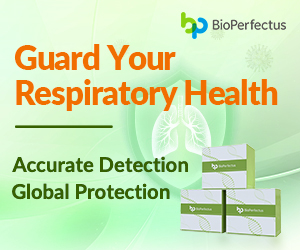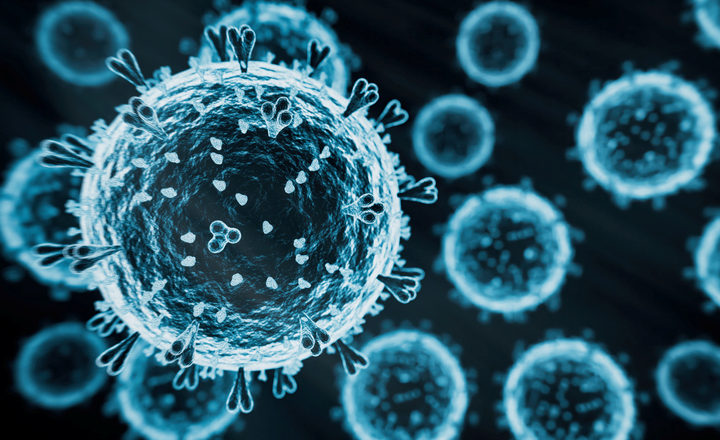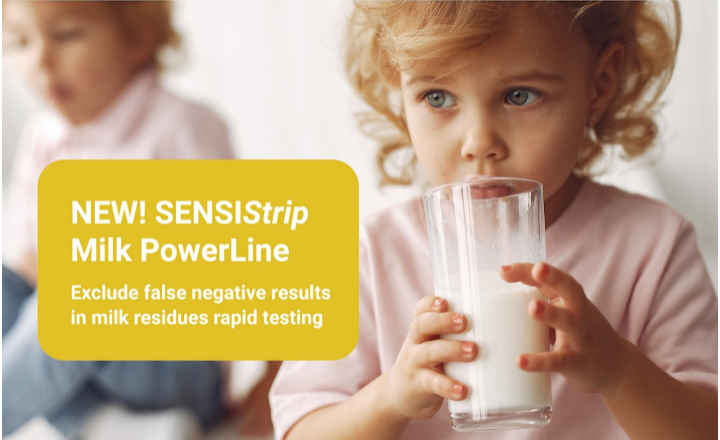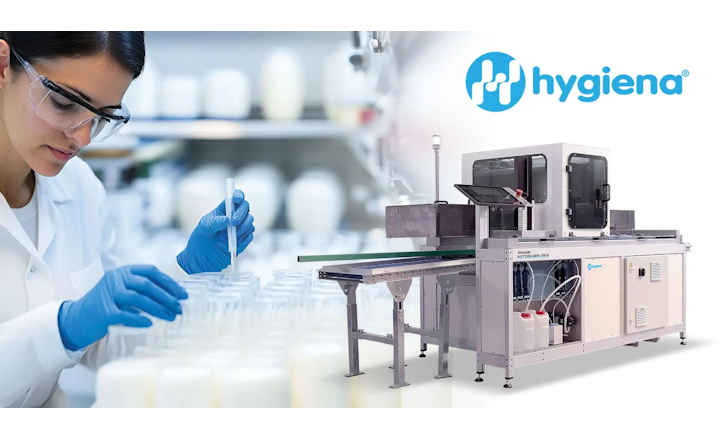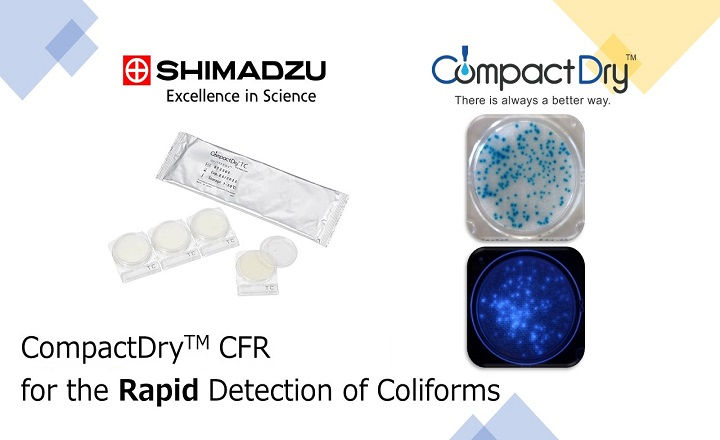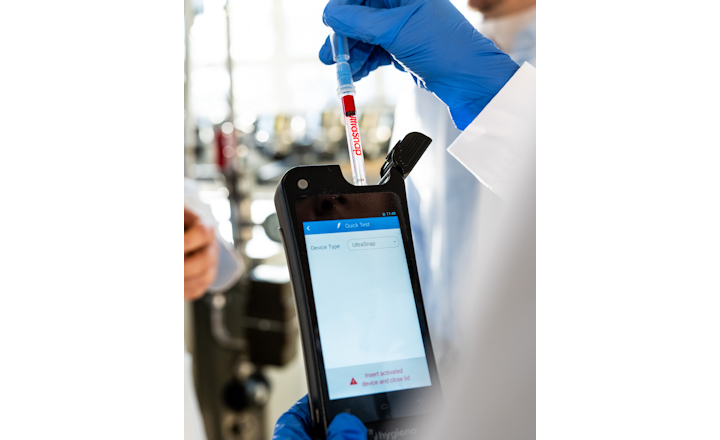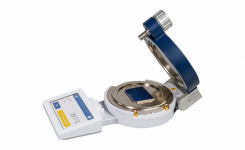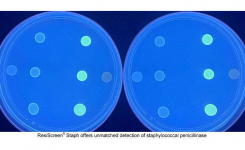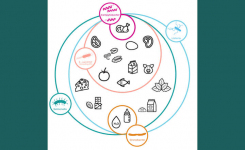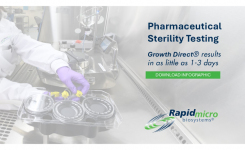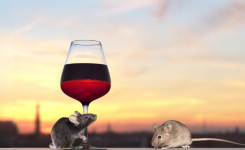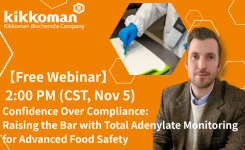Why this matters:
- The genetic plasticity of Avian Influenza A (H5N1) and its propensity for zoonotic transmission remain significant concerns, as it continues to spread within animal reservoirs worldwide.
- High viral loads in milk from infected cows have now raised concerns about potential human crossover.
- Risks posed by the increased popularity of raw milk consumption, which bypasses pasteurization safeguards, are highlighted.1
Thermization involves heating milk for 15 seconds at 57–68 °C, with the intention of reducing the microbial load when immediate pasteurization isn't possible or pasteurization is undesirable. Thermization procedures do not guarantee pathogen elimination; therefore, they are not legally sufficient for milk sold as drinking milk. Still, it is permitted for milk used in cheese production to preserve some of the natural characteristics of milk.
Two recent research papers from Switzerland and Canada have reported on the ability of thermization to destroy avian influenza A (H5N1) present in dairy products, including raw milk. While transmission of H5N1 to humans from consuming raw milk has not yet been documented, the probability of such transmission is significant on account of genomic reshuffling events that periodically occur in influenza that facilitate zoonotic transmission.
Researchers in Canada found that heating raw milk for 15 seconds at 60 °C and 63°C significantly reduced infectivity, whereas 15 seconds at 66 °C reduced infectious virus particles below the limit of detection.2
Separately, researchers in Switzerland found that the H5N1 flu virus artificially inoculated into raw milk remained infective when the milk was held at 50 °C for 30 min, but was inactivated at higher temperatures held for shorter time periods. (55 °C for 10 min, 60 °C for 1 min, or 72 °C for 30 s).3
The Swiss researchers also found that avian flu was fully inactivated in yoghurt (pH 4.2) and significantly reduced in soft and semi-hard cheeses (pH 5.0-5.3) due to the acidity of these foods. Both studies demonstrate that thermization and low pH are effective at reducing the viral load in raw cow's milk and fermented dairy products, and can therefore be used to lower the risk of transmission to humans when consuming dairy products produced from infected cows.
Bigger Picture: The FDA warns that consuming raw dairy is dangerous due to the potential for milk to harbour significant bacterial pathogens in addition to the avian flu.4 The bacterial pathogens found in raw milk, such as Salmonella, E. coli, and Listeria, are particularly harmful to unborn babies, infants, older people and pregnant women. Despite these risks, a growing number of Americans are increasingly consuming raw milk, entirely disregarding USDA and CDC warnings about risks of an H5N1 bird flu outbreak arising from dairy cows. Mark McAfee, owner of Raw Farm USA in Fresno, California, claims he cannot keep up with the demand for unpasteurized milk products. "People are seeking raw milk like crazy." "Anything that the FDA tells our customers to do, they do the opposite." 5
References:
- FDA Investigation of Avian Influenza A (H5N1) Virus in Dairy Cattle www.fda.gov/food/alerts-advisories-safety-information/investigation-avian-influenza-h5n1-virus-dairy-cattle
- Lenz-Ajuh, Nicole et al. (2025) Impact of pH and temperature in dairy processing on the infectivity of H5N1 avian influenza viruses. International journal of food microbiology vol. 441 (2025): 111328. doi:10.1016/ pubmed.ncbi.nlm.nih.gov/40609330/
- Nasheri, Neda et al. (2025) Examining the survival of A(H5N1) influenza virus in thermised whole milk. Food microbiology vol. 132 (2025): 104853. doi:10.1016/ pubmed.ncbi.nlm.nih.gov/40683733/
- FDA Raw Milk Misconceptions and the Danger of Raw Milk Consumption www.fda.gov/food/buy-store-serve-safe-food/raw-milk-misconceptions-and-danger-raw-milk-consumption
- AP News Here’s why raw milk drinkers need to be concerned about bird flu in US dairy cows apnews.com/article/bird-flu-raw-milk-h5n1-6398d2eda26eb41797ee2700cf9d036b




